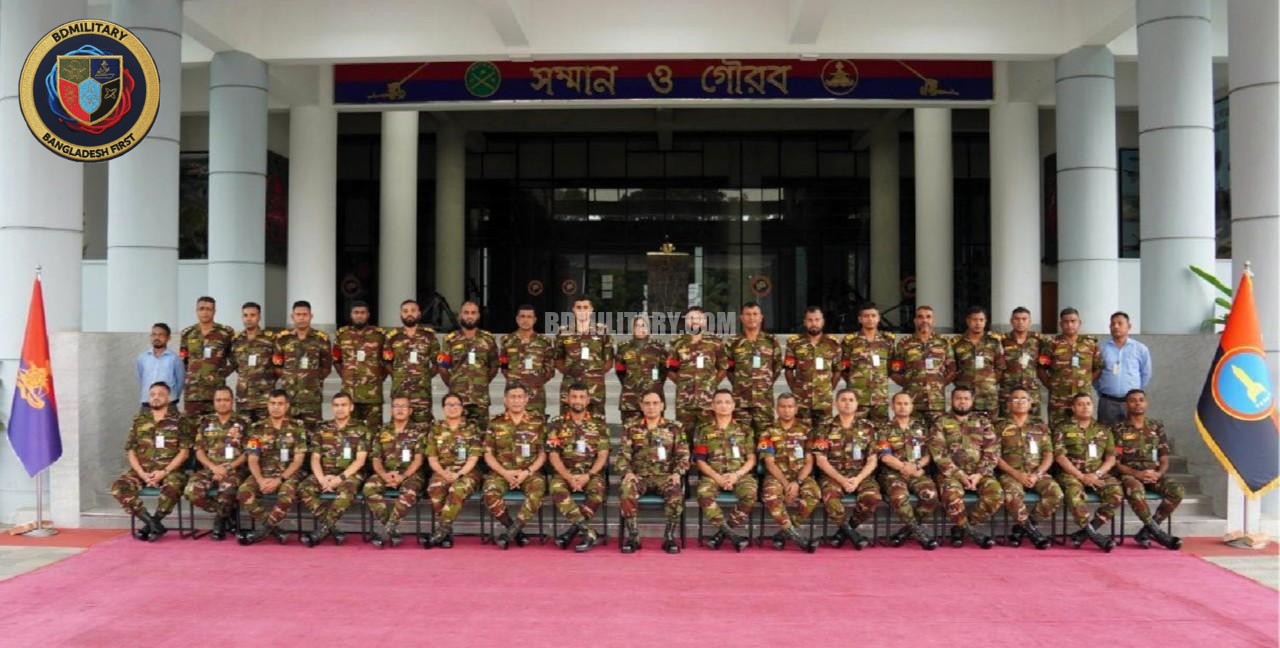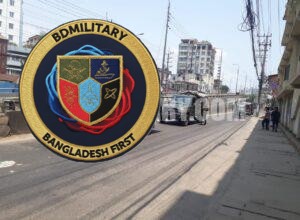In a landmark development for Bangladesh’s growing military modernisation drive, the School of Army Air Defence (SAAD) has officially commenced its independent operations at Halishahar, Chattogram. The inauguration took place on 4 November 2025 under the command of the Commandant, Artillery Centre and School (AC&S), marking a pivotal milestone in the institutional evolution of the Bangladesh Army’s air defence capability.
The newly established school, previously functioning within the organisational structure of the Artillery Centre and School, will now operate as a fully independent and specialised training institution. This marks the formal beginning of a dedicated educational and operational framework for the Army’s air defence corps, ensuring structured, high-level professional training for officers and soldiers alike.
Background: Evolution of the Army Air Defence Corps
The Army Air Defence branch of the Bangladesh Army has undergone a steady evolution since its inception in the early 1990s, when short-range anti-aircraft guns and man-portable air defence systems (MANPADS) were first integrated into the force structure. Initially part of the Regiment of Artillery, the air defence units were designed to protect key military installations, critical infrastructure, and combat formations from low- to medium-altitude aerial threats.
In the past decade, the Bangladesh Army has made significant strides in expanding and upgrading its air defence inventory. Systems such as the FM-90 surface-to-air missile, QW-18A MANPADS, and radar-directed anti-aircraft artillery have strengthened low- and medium-level coverage. Additionally, the Army’s integration of modern surveillance and tracking radars—such as the Type 730 and YLC series—has improved its situational awareness and response capacity.
With rapid advances in unmanned aerial systems (UAS), precision strike capabilities, and electronic warfare, the necessity for a professional and adaptive training institution became increasingly apparent. The establishment of the School of Army Air Defence therefore represents both a natural progression and a strategic necessity for the Army’s transformation roadmap under Forces Goal 2030.
Purpose and Significance
The School of Army Air Defence will serve as the premier institution for air defence training, doctrine development, and capability enhancement. Its key functions will include:
- Specialised Training: Advanced theoretical and practical instruction for officers, non-commissioned officers, and enlisted personnel in air defence tactics, radar operation, missile systems, and integrated airspace management.
- Doctrinal Development: Formulating new doctrines and tactical manuals aligned with modern warfare and threat perceptions.
- Technological Integration: Facilitating training on next-generation air defence systems, electronic countermeasures, and sensor fusion technologies.
- Joint and Combined Training: Promoting interoperability with the Bangladesh Air Force and other combat arms in integrated air defence operations.
The school’s independent status enables it to function as a hub of excellence—equipped with its own instructional, simulation, and testing facilities—thus improving training efficiency and responsiveness to technological changes in modern warfare.
A Step Towards a Modern, Technologically Advanced Army
The Bangladesh Army’s recent focus on professionalisation and self-reliance is reflected in this institutional transformation. As a standalone establishment, the School of Army Air Defence will be instrumental in ensuring a continuous pipeline of skilled personnel capable of operating complex systems and managing layered air defence networks.
This development also complements the Army’s growing emphasis on automation, network-centric warfare, and airspace integration with the Air Force. It aligns with the broader goal of creating a technologically driven, agile, and self-sustaining defence force—one that can effectively safeguard national sovereignty against modern aerial and missile threats.
Remarks
The launch of the School of Army Air Defence as a fully independent institution represents more than just an administrative reform—it signifies the Bangladesh Army’s deepening commitment to professional excellence and long-term capability development. As the Army continues its modernisation under Forces Goal 2030, such structural advancements will play a decisive role in shaping a future-ready force capable of meeting the challenges of 21st-century warfare.


